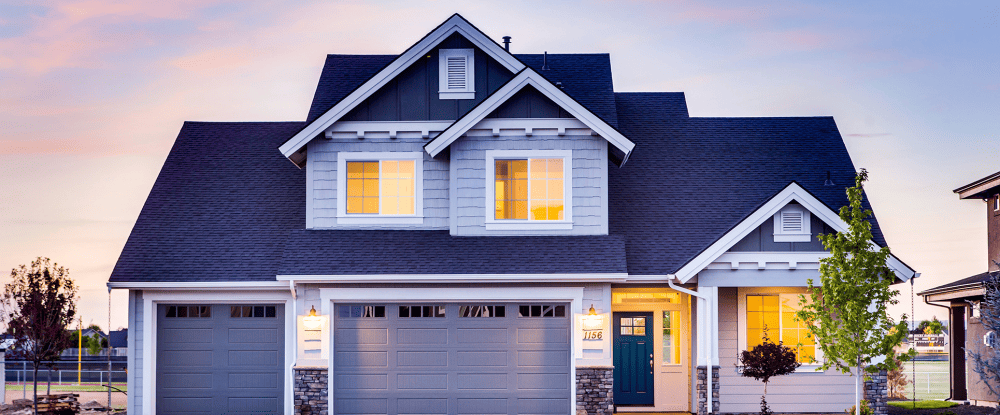
Received a letter with a shocking increase in your home insurance premium? While a minor annual increase in home insurance rates to keep up with inflation is normal, you may have noticed a much larger increase this year. There are a variety of reasons for this increase, both in your control and out of your control and we will detail the key factors and share tips on what you can do.
Maturing municipal infrastructure
As cities grow and age, their infrastructure does not always keep up. In the case of water, increased demand from a rapidly growing population and antiquated infrastructure has led to an increase in sewer backups and flood damage to homes. This can be seen after extreme weather events like massive snowstorms and the increase of claims from failing waste-water systems, strained hydro-electric systems, run down bridges and roads, and other aging government infrastructure. The frequency and severity of these claims cost the insurance companies more which means they need to offset these expenses with higher premiums. For example, in the GTA you can already see this with the sharp increase of rates south of Highway 7 where the neighbourhoods are older and more densely populated.
Aging properties
Not that we always want to admit it, but like us, our homes are getting older each year. As a building ages, the cost to rebuild or replace it increases as well, leading to a gradual increase in premiums. Parts of a building such as its roof and plumbing aren’t meant to last forever. As these parts reach their lifespan, they need to be replaced to decrease the building’s risk of a future claim. Generally, the older the building the higher the insurance cost as newer buildings tend to be safer due to modern structures and materials.
Booming housing market
While we are past the record setting housing prices of 2016, the housing market continues to remain stable with modest increases. As a number of studies have shown, increases in housing prices are related to increases in construction costs. With the increased demand of labour and materials, the cost to rebuild or replace increases which again leads to an increase in premiums.
Trends in your neighbourhood
Neighbourhoods change overtime and with insurers adopting more sophisticated data analysis techniques, they can more accurately assess your area’s risk level for events like burglaries, floods, hail, etc. Take the historic Trinity Bellwoods neighbourhood of Toronto, insurers saw a rapid increase in weather related claims in the area and accordingly increased rates and had policy holders weatherproof and modernize their homes to avoid even more water damage claims.
However, improved data analysis is not always bad. The data from your neighbourhood could also show a decrease in risk levels for adverse events which can lead to a decrease in your premiums.
Climate Change
Even if you think the above factors do not apply in your situation, you are certainly affected by climate change – the biggest reason for a rise in rates. Canada has been experiencing more severe weather events like windstorms, wildfires, hailstorms, etc. leading to an increase in claims across the country. For example, in 2018, insurers paid a record $1.9 billion in weather related claims compared to a decade ago when average weather related claims were around $400 million. Consequently, insurers across the market need to price this ever growing risk into their premiums.
If you think that you’re not affected by this in the GTA, think again. Remember the rainstorm in August of last year? You probably don’t, but it caused over $80 million of damage: from flooded buildings and basements, to damaged street cars, to submerged vehicles in parking garages, to sewer backups. Water damage is especially expensive to remedy because of the costs of water removal, clean-up, sanitation, structural repairs, and replacement costs of property and equipment.
So what can you do to lower your premium?
- Consider a higher deductible, such as $2500 or $5000 if it is affordable for you in a claim situation.
- Install a monitored fire alarm or security system.
- Install a leak prevention system like a backwater valve or sump pump. Some municipalities may have rebates available.
- Bundle your home and auto insurance with the same company.
- Inquire with your broker about insurers who offer discounts for people with good credit, who are mortgage free, over a certain age, or a part of a special association.
- Avoid making claims for small things to keep your claims-free discount. Disappearing deductibles may also be available when claims-free.
- Call a knowledgeable broker who represents many different insurers who can offer you the best available solution.
Everyone wants to lower their premium but the most important factor when purchasing or renewing your policy is ensuring you are properly covered. One of the easiest things you can do is to contact us. Our brokers are trained professionals who will get to know your unique situation and offer you appropriate coverage at the best rate. With access to dozens of insurers, let us do the shopping and compare your rate with other insurers.




